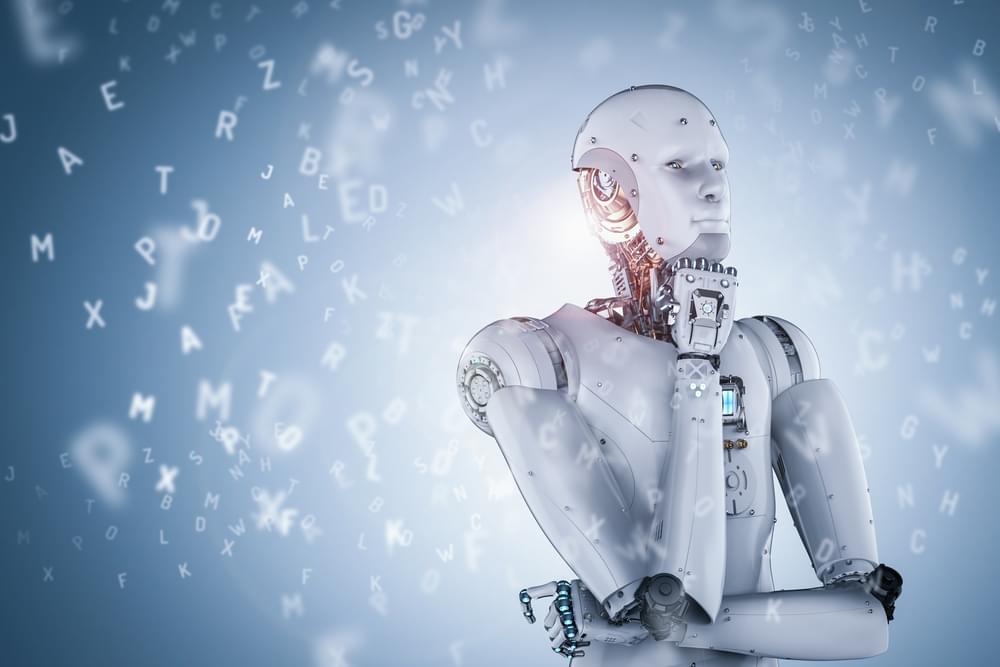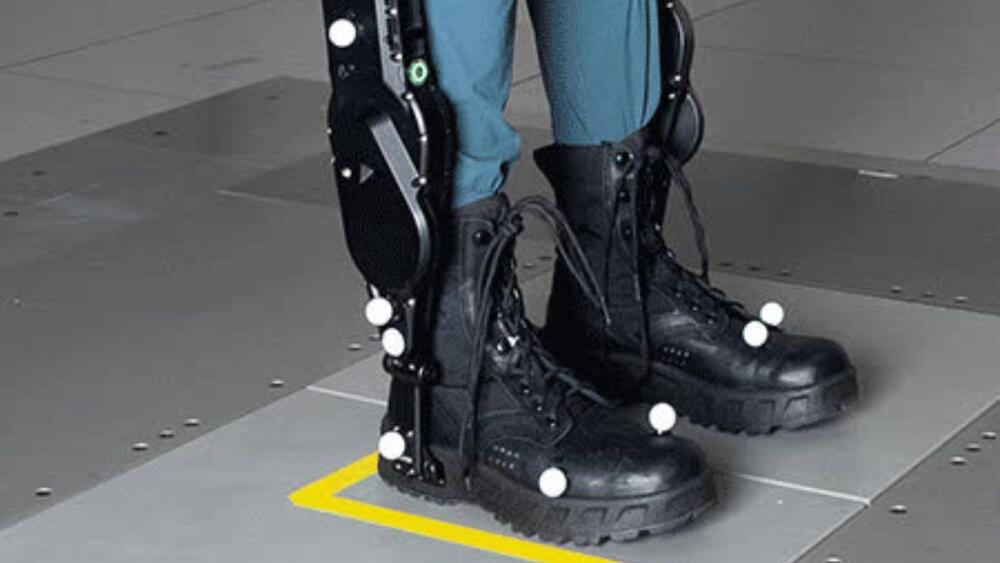In a stunning turn of events, a top-ranking AI system was soundly defeated by a human player in the strategic board game Go. This marks a significant reversal of the 2016 victory by the computer, which was widely celebrated as a landmark achievement in the field of artificial intelligence. The victorious player, Kellin Pelrine, holds a rank just below the top amateur level and was able to exploit a previously unidentified vulnerability in the AI system that had been detected by another computer. The games were played without any direct computer assistance, and Pelrine emerged as the clear winner by winning 14 out of 15 games.
Financial Times mentioned that this victory, which has not been previously disclosed, brought to light a flaw in the top Go computer programs that is common to many of today’s prevalent AI systems, including San Francisco-based OpenAI’s ChatGPT chatbot. The strategy used to win the Go match was proposed by a computer program that investigated the AI systems to discover any weaknesses. Pelrine, who executed the proposed plan with merciless precision, was able to use the tactics to put the human player back on top of the Go board.




